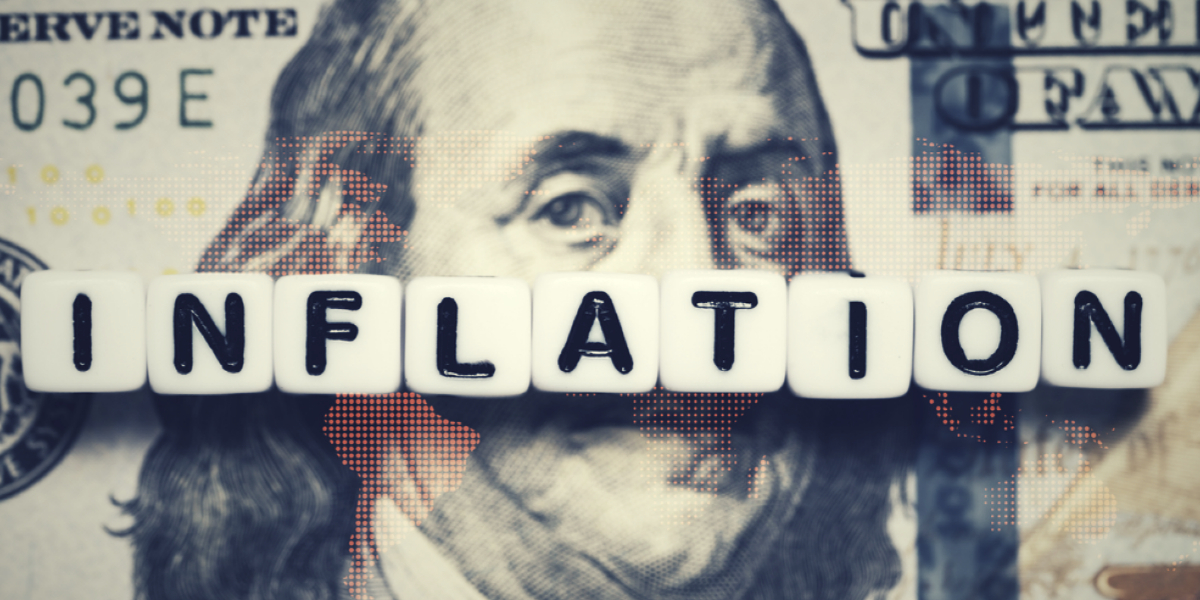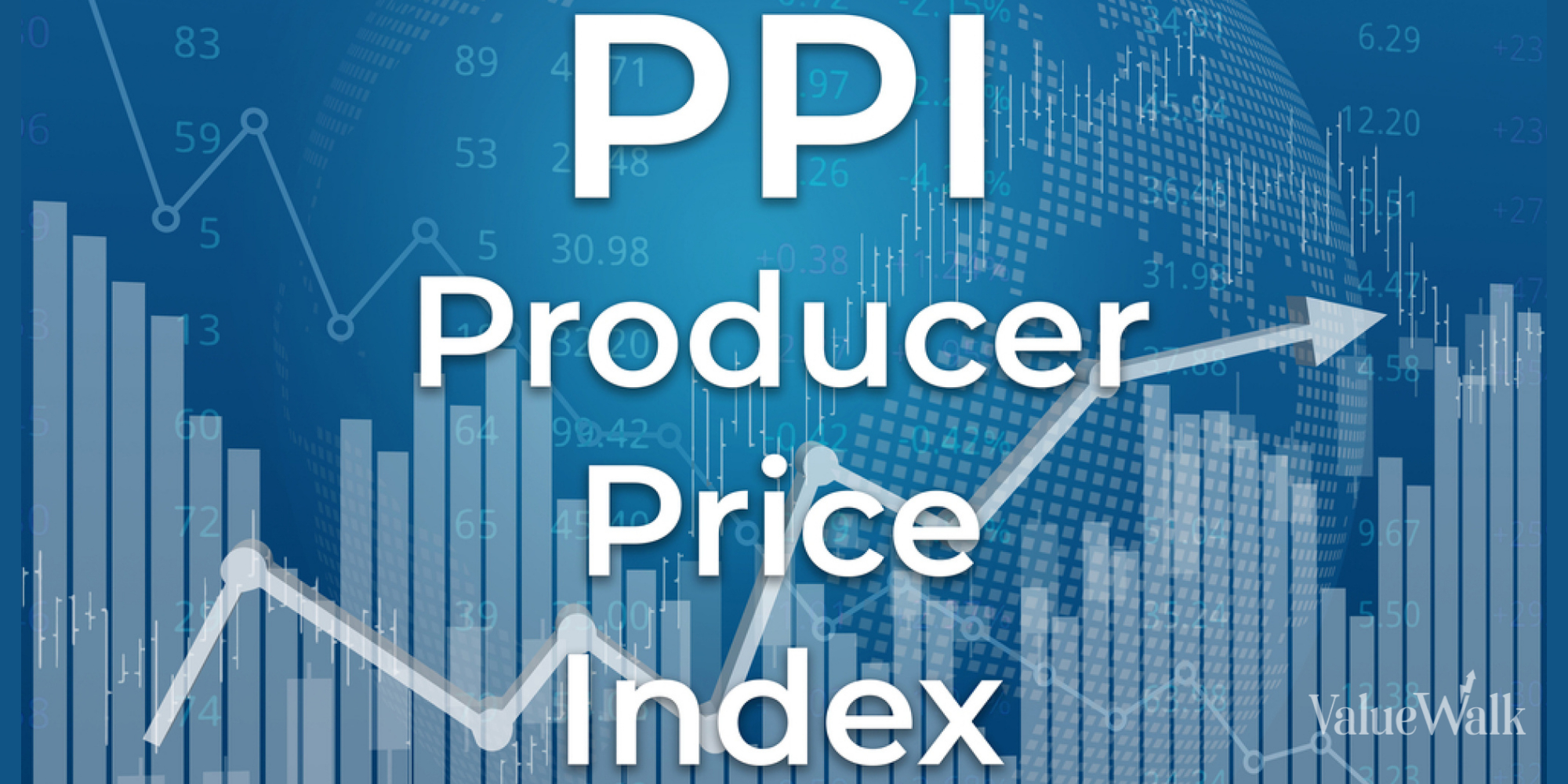April has historically been the best month on the calendar for the stock markets, tied with December with a 1.6% average annual return since 1945, according to Money.com.
However, this April has gone against the grain, as the markets finished the month in the red for the first time since last October. The S&P 500, which was 41 points lower on Tuesday afternoon, finished the month down by about 3.4% at around 5,076.
Year to date, the S&P 500 is still up about 6.4%.
Small caps struggled in April
The Dow Jones Industrial Average had the worst month among the major large-cap indexes, as it fell about 4.5% in April to roughly 38,022 as of Tuesday afternoon. The Dow has gained about 1% YTD.
The Nasdaq Composite fell 3.5% in April, dropping to around 15,813 points. The Nasdaq has climbed about 5.3% YTD.
However, neither the Dow nor the Nasdaq got hit as hard as the small-cap Russell 2000 index, which dropped approximately 6.4% in April to around 1,990. The Russell 2000 is some 1.9% lower YTD through April.
Small-cap stocks came into 2024 with some momentum, outperforming large caps in the final quarter of 2023. Investors found good value with small caps compared to the more over-priced large-cap stocks.
Many pundits thought that trend would continue in 2024, but that has not been the case. A big reason they fell faster in April is likely the realization that interest rates may not come down as quickly as previously believed.
Shaky economic news and a rise in the key inflation gauges have dampened enthusiasm for rate cuts any time soon. Investors went from cautious optimism for cuts in March to pessimism that they will come in June or July as expected.
The specter of higher-for-longer interest rates has impacted small caps more, as they are more reliant on lower rates to invest and grow.
What’s next?
Investors may have been spoiled by a better-than-anticipated run since November and certainly since January. The expectation had been for a slow-growing market more in line with historical averages and a slower-growing economy — or perhaps even a recession.
The first three months of the year may have skewed expectations, but April felt more like reality setting in. The markets are still up YTD and appear to be in line with historical single-digit average growth rates.
Where we go from here will have a lot to do with economic trends and interest rates. The Federal Reserve is meeting on Tuesday and Wednesday and will make a decision on interest rates on Wednesday afternoon.
The conventional wisdom is that the Fed will hold the line on rates, but investors will be looking for clues or evidence of any new thinking policymakers might have on the trajectory of rates for the rest of the year.





